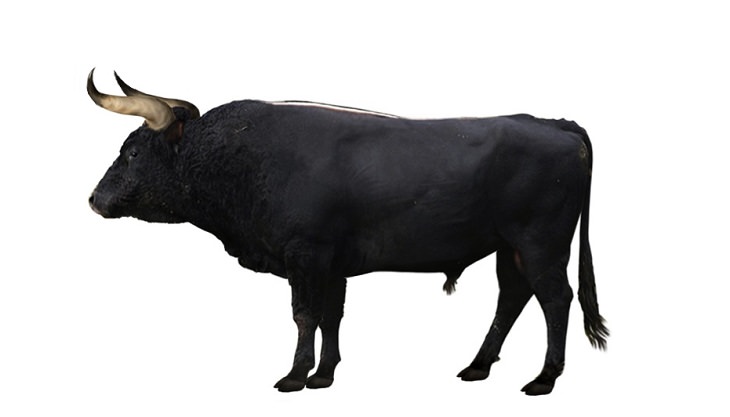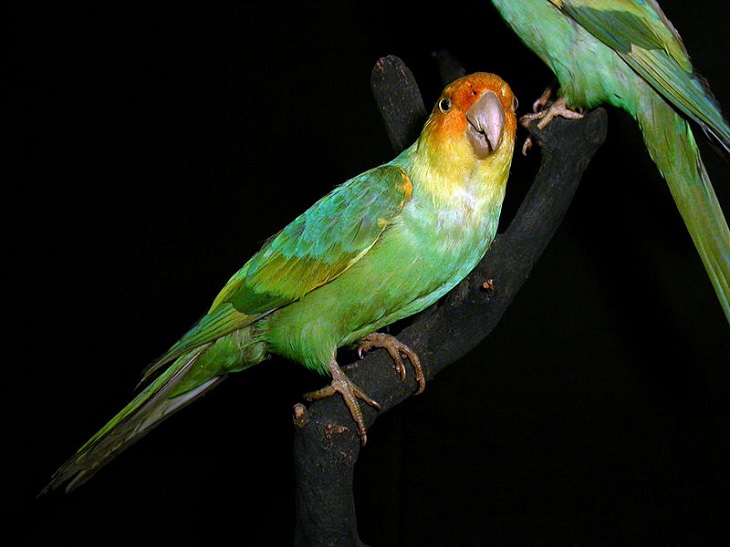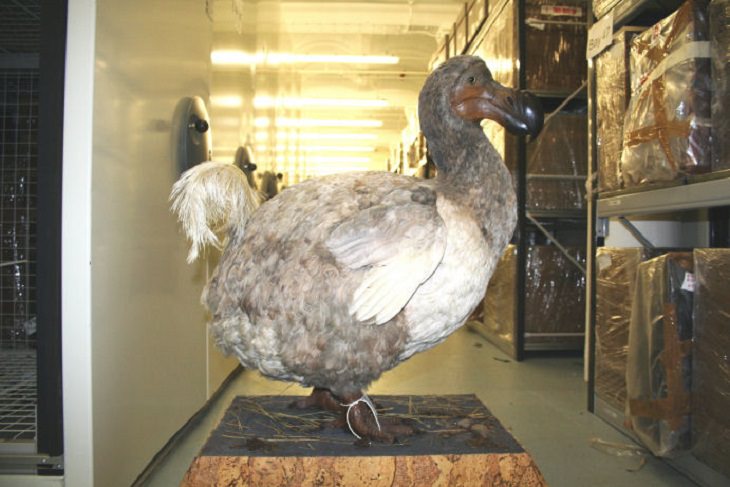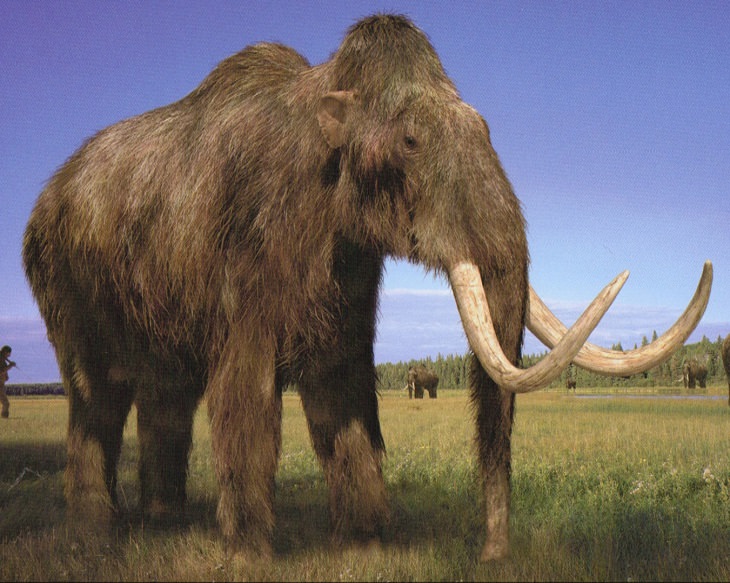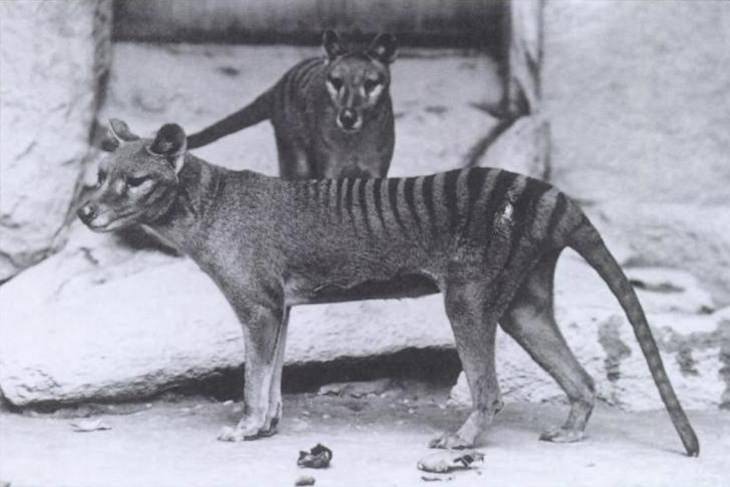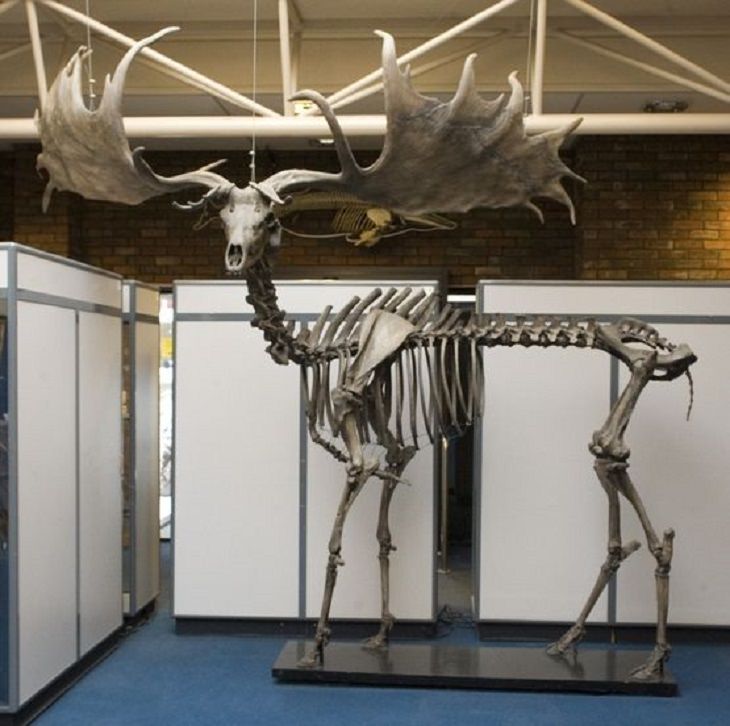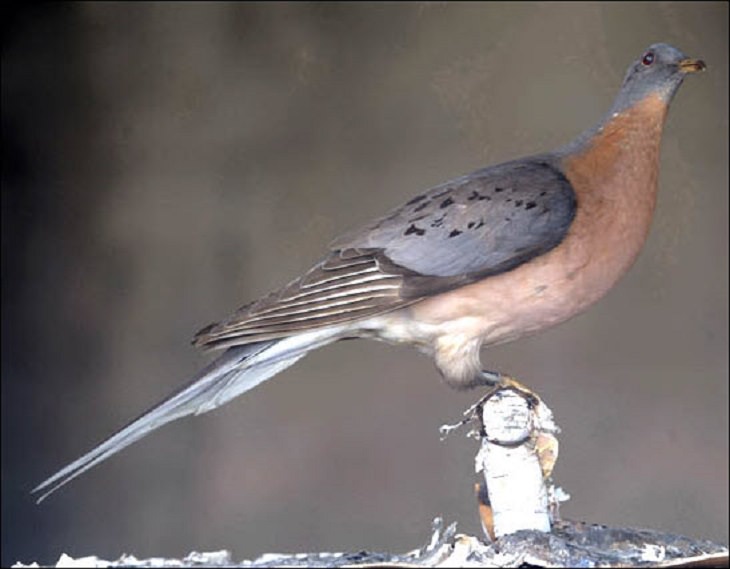Over the millennia, animals have become extinct for a variety of different reasons. Sometimes, it's because of a dramatic shift in climatic conditions, while other times it's because of human action.
Science is always improving, specifically biotechnology, and continual advances could one day enable scientists to bring back some of these animals from extinction, and there are already quite a few on the list.
Generally, it helps if there is a species that is present on earth today that is genetically similar to the extinct animal in question. For example, elephants for woolly mammoths or cows for aurochs. Furthermore, there are also a number of criteria to consider, as bringing back animals from extinction has a lot of biological and ecological implications.
Scientists must be able to prove that the species is worth bringing back, that it has an important ecological function. Furthermore, they must also consider practical matters, such as whether we have access to good quality DNA samples. However, most importantly, the animals must be able to be reintroduced to the wild in the first place, therefore sufficient habitat, food, and limited contact with humans are very important.
Below are 12 species that scientists are planning on bringing back from extinction.
1. Caspian Tigers
Source
During their prime, these tigers could be found in Turkey and through most of Central Asia, including Iraq, Iran, and Northwestern China. However, they died out in the 1960s due to deforestation, hunting, and a major decrease in prey. The Caspian and Siberian tiger diverged from a common ancestor that colonized Central Asia about 10,000 years ago - some stayed in Turkestan and became Caspian tigers, while others moved to the Russian Far East and became the Siberian tiger. Therefore, some scientists want to bring the Caspian tiger back by introducing the genetically-similar Siberian tiger to its old habitats, where they expect them to eventually evolve.
2. Aurochs
Source
The aurochs is an ancestor of today's domestic cattle that lived throughout Europe, Asia, and North Africa until their extinction in 1627. Scientists want to bring them back from extinction by selectively breeding cattle species that carry some of the aurochs DNA. To try to achieve this, a team of European scientists have been selectively breeding cattle since 2009.
3. The Carolina Parakeet
Source
The Carolina Parakeet, a small, green parrot with a yellow and orange face that was native to the Eastern US, was officially declared extinct in 1939. However, it could be possible to bring them back to life as the genetic makeup can still be found in their close relatives in Mexico and the Caribbean.
4. The Dodo
Source
The dodo has got to be the most famous of all extinct animals. This large, flightless bird was only found on the island of Mauritius in the Indian Ocean. It had no natural predators and thrived on the island until sailors came along and realized they were an easy source of food as they did not fear people and could not fly away. Furthermore, the animals that humans brought with them such as dogs, cats, rats, and pigs plundered dodo nests and competed for the limited food source.
The last accepted sighting of a dodo was way back in 1662. In 2007, scientists found a very well-preserved dodo skeleton, which may provide the DNA samples that can bring these birds back from extinction.
5. Woolly Mammoth
Source
The wooly mammoth disappeared from its mainland habitat around 10,000 years ago, probably as a result of climate change and hunting by humans. The last isolated population of woolly mammoths could be found on Wrangel Island in the Arctic Ocean up until 4,000 years ago. A number of woolly mammoth carcasses have been found frozen and well preserved, and this has allowed scientists to access some well-preserved DNA.
6. The Moa
Source
The Moa were nine species of huge flightless birds that were only found in New Zealand. The two largest species of moa, Dinornis robustus and Dinornis novaezelandiae, were around 3.6m (12 ft) in height and could weigh around 510 lb (230 kg). On the other hand, the smallest species of moa was the Anomalopteryx didiformis which stood just 1.3m (4.3 ft) tall and weighed around 66 lb (30 kg). Thanks to overhunting by Maoris, these birds were extinct by 1445. However, their closest relatives, the South American tinamous, could hold some of their genes.
7. Pyrenean Ibex
Source
The Pyrenean ibex was a species of wild goat endemic to the Iberian Peninsula. They were most commonly found in Southern France, the Cantabrian Mountains, and the northern Pyrenees. In 2000, the last remaining Pyrenean ibex, called Celia, was found crushed to death by a fallen tree. The exact reason for this species extinction is unknown, but some point to an inability to compete with other species for food, infections, disease, and poaching.
In 2003, the Pyrenean Ibex became the first animal to be brought back from extinction when a cloned female ibex was born. However, it died minutes later due to severe lung defects.
8. Tasmanian Tiger
Source
The thylacine, more commonly known as the Tasmanian tiger or Tasmanian wolf, was a carnivorous marsupial that could be found in mainland Australia and New Guinea, but was eventually limited to Tasmania until its extinction in the 1930s. The thylacine was an apex predator with a voracious appetite, and this is how it obtained the two common names mentioned above. Tasmanian devils are its closest living relative and they might just hold the key to bringing this creature back from extinction.
9. Irish Elk
Source
The Irish elk is misnamed as it's not exclusively Irish nor is it an elk. In fact, it was a giant deer, the largest species of deer to walk the earth, that stood 2.1m (7 ft) tall at the shoulder, with antlers spanning 3.65m (12 ft). This deer ranged throughout Europe, northern Asia, and northern Africa. The most recent remains of this species of deer have been carbon dated to around 7,700 years ago in Siberia. The Irish elk could be closely related to the Red deer or fallow deer.
10. The Caribbean Monk Seal
Source
The Caribbean monk seal, also known as sea wolf or West Indian seal, was a species of seal that was native to the Caribbean. The last confirmed sighting of this seal was in 1952 somewhere between Jamaica and Nicaragua. After an extensive search, which lasted about 5 years, the species was officially declared extinct in 2008. Their extinction came about due to overhunting for their oil, and overfishing of their food sources. Hawaiian monk seals, which live around the Hawaiian islands, and Mediterranean monk seals are closely related. However, they too are endangered.
11. Passenger Pigeon
Source
The passenger pigeon was endemic to North America. These pigeons migrated in huge flocks, always on the lookout for food, breeding grounds, and shelter. They used to be one of the most abundant birds in North America, numbering around 3-5 billion. These birds, due to their great tasting flesh, were always hunted, but the commercialization of pigeon meat in the 19th century meant that hunting intensified tenfold for many decades.
As a result, by 1901, the last wild passenger pigeon had been shot, and in 1914, the last existing one died at Cincinnati Zoo. These pigeons have many living relatives, including the 17 pigeons in the Patagioenas group.
12. The Great Auk
Source
The Great Auk was a flightless bird that lived in the North Atlantic from the North of Spain all the way across to Canada. These birds became extinct in the mid-19th century thanks to climate changes (The Little Ice Age) that brought polar bears to their territories, and human hunting. The down of these birds was highly sought after in Europe and this was another contributor to their eventual elimination. The last sighting of this bird occurred in 1852.


